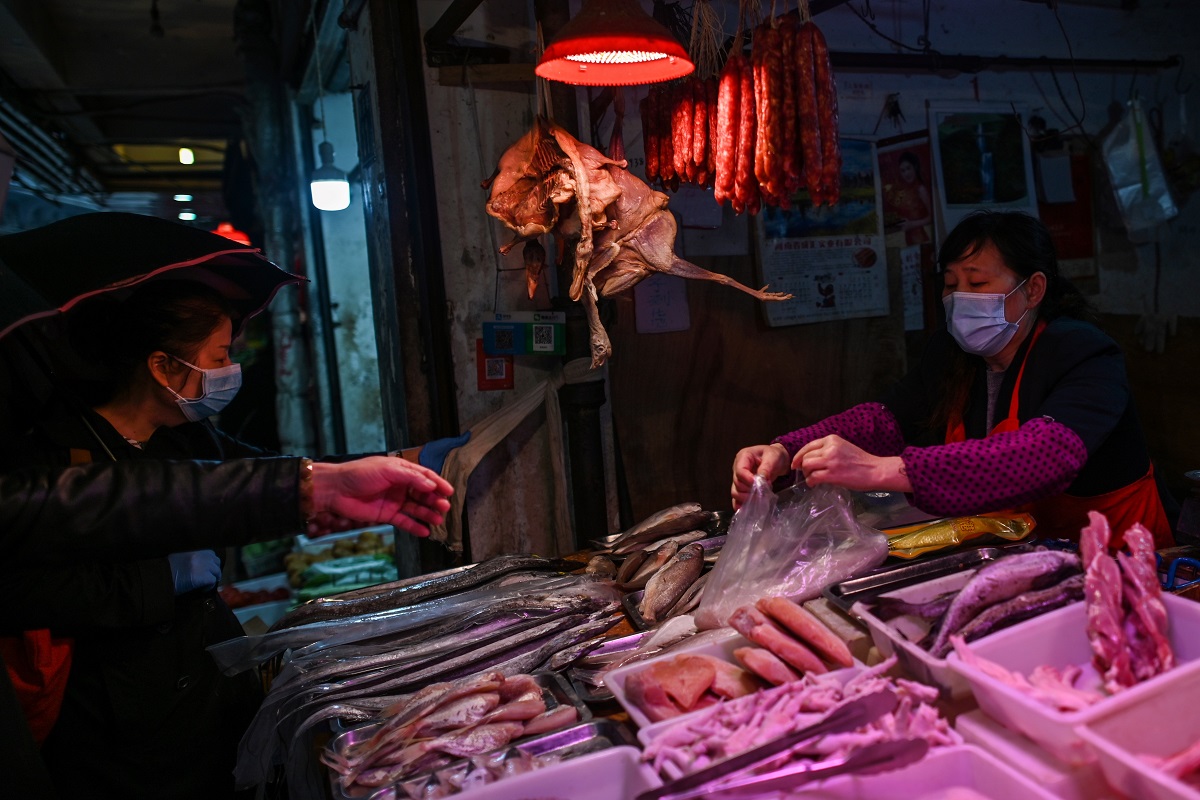As China’s coronavirus ground-zero Wuhan abruptly increased the number of deaths by 50 percent and the new toll followed growing world doubts about Chinese transparency, the director of a maximum-security laboratory in Wuhan has rejected claims that it could be the source of the outbreak, calling it “impossible”.
China has maintained the COVID-19 virus emerged from a Wuhan food market whose merchandise reportedly included exotic wild animals sold for human consumption. Country’s scientists have said the virus likely jumped from an animal to humans in a market that sold wildlife.
Advertisement
In an interview with state media published Saturday Yuan Zhiming, director of the laboratory, said that “there’s no way this virus came from us”.
None of his staff had been infected, he told the English-language state broadcaster CGTN, adding the “whole institute is carrying out research in different areas related to the coronavirus”.
US President Donald Trump warned on Saturday that China could face consequences if it was “knowingly responsible” for the coronavirus pandemic.
“It could have been stopped in China before it started and it wasn’t,” Trump told reporters at a White House briefing. “And now the whole world is suffering because of it.”
The United States (US) led Western nations and organisations have raised doubts about China’s transparency. It has come under increasing pressure over the Coronavirus pandemic from worldwide criticism. The US is probing whether the virus actually originated in Wuhan Institute of Virology with a high-security P4 biosafety laboratory, which is equipped to handle dangerous viruses.
The Wuhan institute had already dismissed the theory in February, saying it had shared information about the pathogen with the World Health Organization in early January.
Time and again, the American administration has been saying that it doesn’t rule out that the novel coronavirus was spread accidentally from a laboratory researching bats in Wuhan.
US has brought the rumours into the mainstream, with Secretary of State Mike Pompeo saying US officials are doing a “full investigation” into how the virus “got out into the world”.
When asked if the research suggested the virus could have come from the institute, Yuan said: “I know it’s impossible.”
“As people who carry out viral studies we clearly know what kind of research is going on at the institute and how the institute manages viruses and samples,” he said.
He said that because the P4 laboratory is in Wuhan “people can’t help but make associations”, but that some media outlets are “deliberately trying to mislead people”.
Reports in the Washington Post and Fox News have both quoted anonymous sources who voiced concern that the virus may have come — accidentally — from the facility.
Yuan said the reports were “entirely based on speculation” without “evidence or knowledge”.
The Wuhan administration initially tried to cover up the outbreak and there have been questions about the official tally of infections with the government repeatedly changing its counting criteria at the peak of the outbreak.
City authorities on Friday abruptly raised its death toll by 50 per cent, admitting that many fatal cases were “mistakenly reported” or missed entirely, bringing the total number of deaths in the city to 3,869.
The Wuhan city administration took to social media and posted that it had added 1,290 deaths to the tally in the city.
This change has raised the nationwide death toll up by nearly 39 per cent to 4,632, based on official national data released earlier on Friday.
City’s epidemic prevention and control headquarters has given several reasons for the missed cases, including the fact that the city’s medical staff were overwhelmed in the early days as infections climbed, leading to “late reporting, omissions or misreporting”.
It also cited insufficient testing and treatment facilities, and said some patients died at home and thus their deaths were not properly reported.
(With agency inputs)











